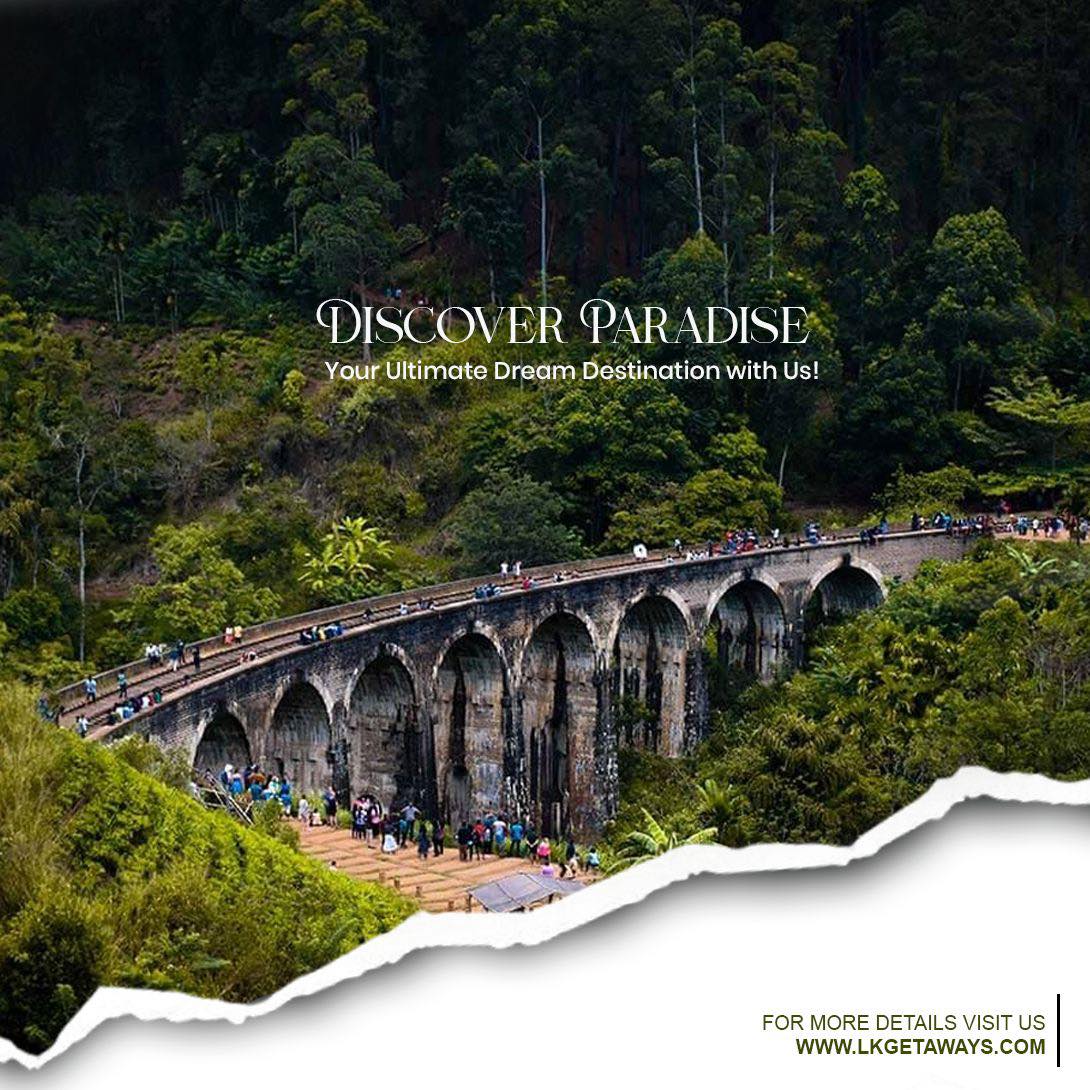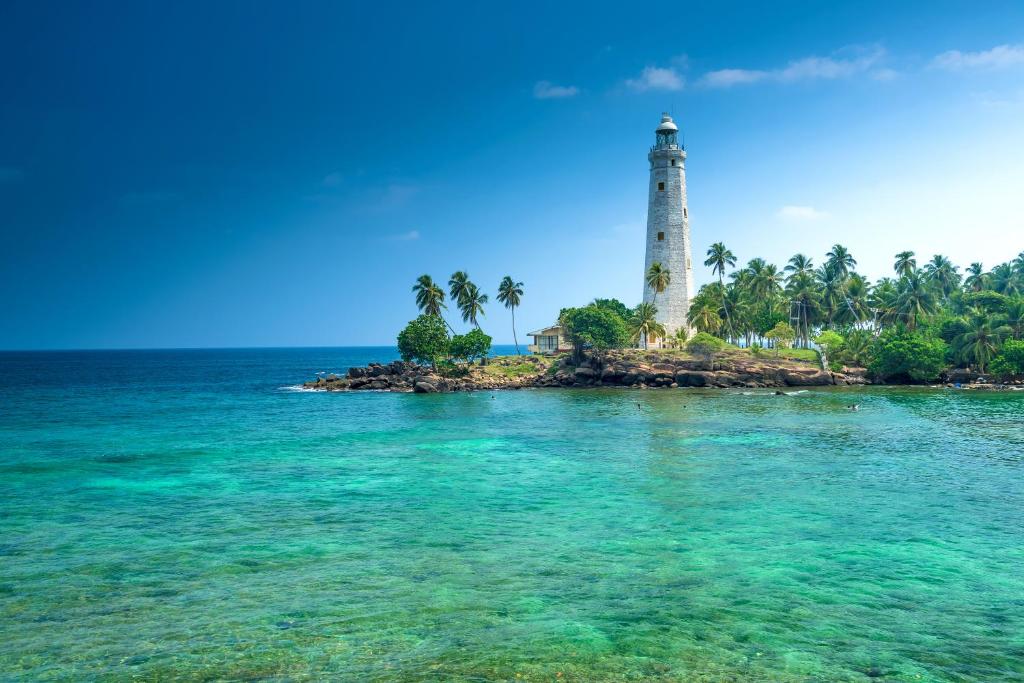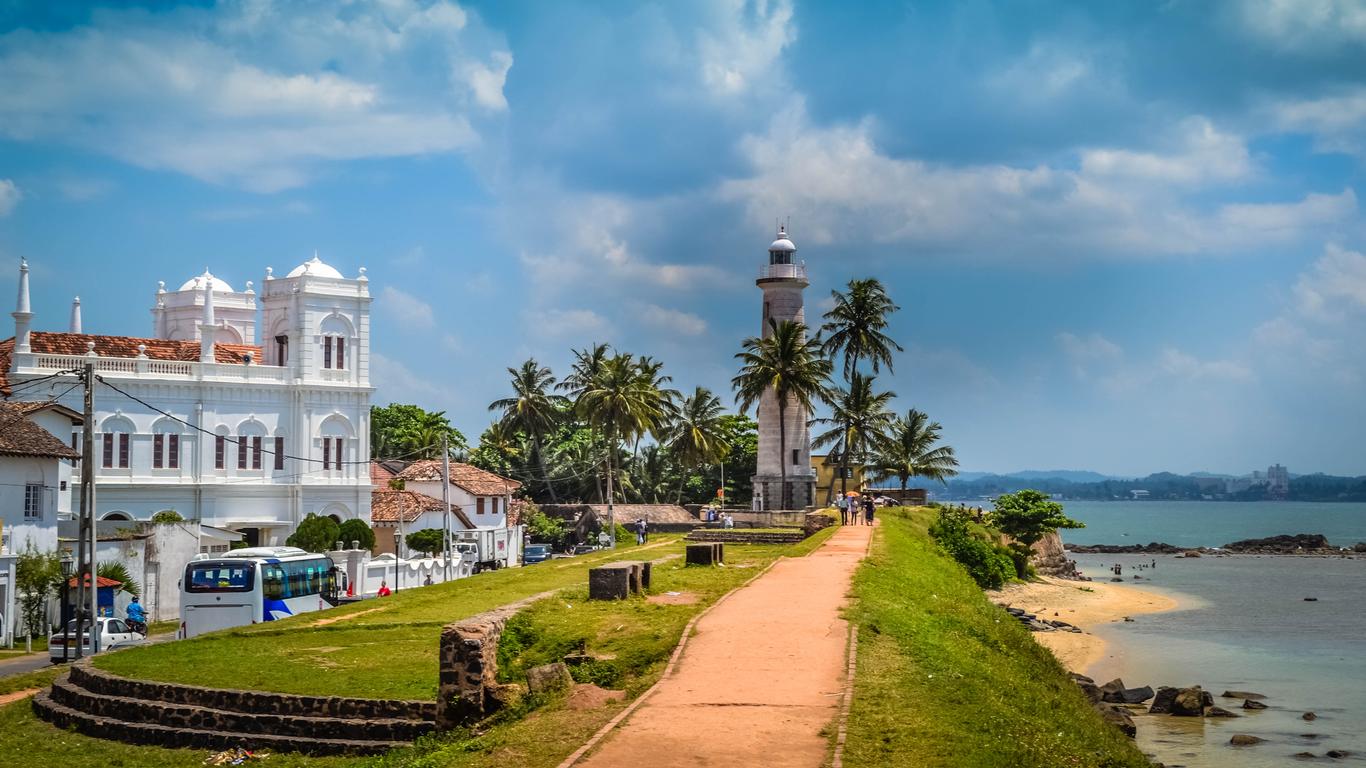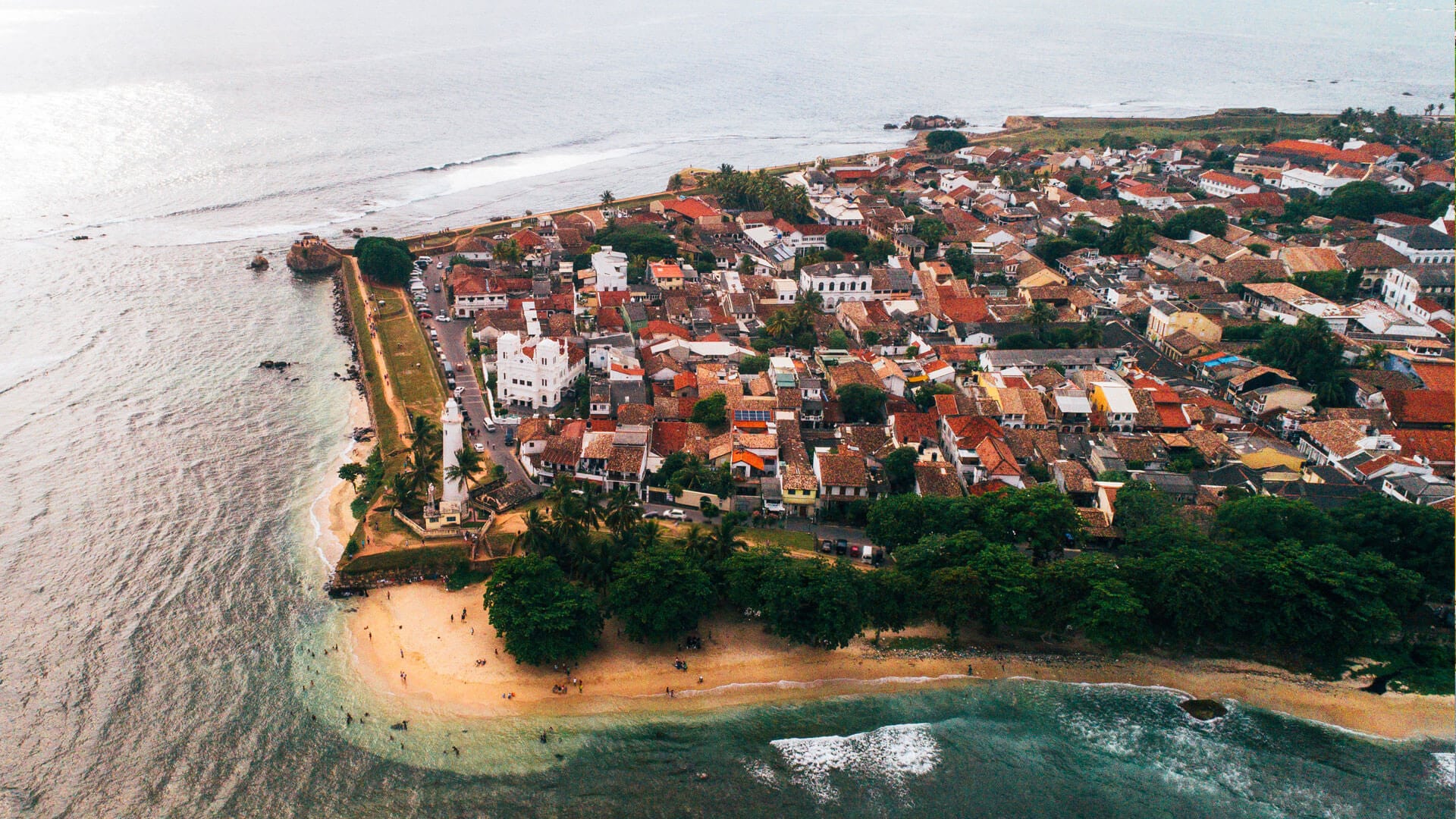The Old Town of Galle, located on the southern coast of Sri Lanka, is one of the country’s most captivating colonial sites. Renowned for its Galle Fort, a UNESCO World Heritage Site, the town showcases the rich legacy of Portuguese, Dutch, and British influence on Sri Lanka’s architecture, culture, and trade. Galle is not only a historical gem but also a thriving modern city, making it a perfect blend of the past and present.
A Brief History of Galle
Galle’s history dates back centuries, but it rose to prominence in the 16th century when the Portuguese established a trading port here. In 1640, the Dutch captured Galle and began fortifying it, turning the city into a significant hub for trade between Europe and Asia. The Dutch East India Company played a vital role in shaping Galle's development, building its famous Galle Fort, which served as a strategic military and trade outpost.
Under British rule in the 18th century, Galle continued to thrive as a key port city. Today, Galle Fort stands as a well-preserved colonial settlement, surrounded by imposing stone walls and lined with narrow streets filled with charming colonial architecture. Its status as a UNESCO World Heritage Site ensures that Galle’s unique history and culture are protected for future generations to explore.
Exploring Galle Fort
Galle Fort is the heart of the old town and the primary attraction for visitors. This magnificent fort is not only a historical site but also a vibrant part of Galle’s modern-day community. As you walk along the ramparts, you’ll see stunning views of the Indian Ocean on one side and colonial-era buildings on the other.
Here are some key highlights of Galle Fort:
1. The Ramparts
The Galle Fort ramparts are a key feature of the fort’s defenses. Built by the Dutch, the thick stone walls protected the town from invasions and natural disasters. Today, walking along the ramparts offers a peaceful escape with panoramic views of the sea. The best time to walk the ramparts is during sunset when the fort is bathed in golden light.
2. Dutch Reformed Church
Built in 1755, the Dutch Reformed Church is one of the oldest Protestant churches in Sri Lanka. Its simple yet elegant design reflects Dutch colonial architecture, with a whitewashed exterior and beautiful stained-glass windows. Inside, you’ll find old tombstones and memorial plaques, offering a glimpse into the lives of the Dutch colonists who once lived here.
3. Galle Lighthouse
The Galle Lighthouse is one of the most picturesque spots in the fort. Built by the British in 1939, it stands as the oldest lighthouse in Sri Lanka. Located at the southernmost point of the fort, the lighthouse is a popular photo spot, especially with the backdrop of palm trees and the turquoise waters of the Indian Ocean.
4. National Maritime Museum
Located within the fort, the National Maritime Museum offers an excellent overview of Sri Lanka’s maritime history. The museum features exhibits on shipwrecks, maritime trade, and the tools and artifacts used by ancient mariners. It’s a must-visit for anyone interested in learning about Galle’s role in global trade during the colonial period.
5. Flag Rock
Flag Rock is another popular spot within the fort, where the Dutch used to hoist flags to warn ships of approaching danger. Today, visitors can watch daring local divers leap from the cliffs into the ocean below. It’s a great spot to take in the sights and sounds of the bustling fort while enjoying the sea breeze.
Cultural Blends in Galle
Galle Fort is a place where East meets West in the most charming way. As you wander through the streets, you’ll notice the colonial architecture intermingling with Sri Lankan culture. The fort is filled with boutique shops, art galleries, cafes, and restaurants housed in historic buildings. It’s a vibrant mix of old-world charm and modern flair, making Galle Fort a living, breathing monument to Sri Lanka’s colonial past.
The fort also hosts annual events such as the Galle Literary Festival, which draws authors, poets, and readers from around the world to celebrate literature and the arts.
The Significance of Galle Fort
Galle Fort is not only a beautifully preserved colonial town but also a testament to the historical importance of Sri Lanka’s role in global maritime trade. Its strategic location on the southern coast made it a key port for European, Arab, and Asian traders for centuries. The unique fusion of architectural styles found in Galle is a direct result of the city’s multicultural history.
The UNESCO recognition of Galle Fort ensures that the legacy of these cultural exchanges remains intact, making it an invaluable site for understanding the island’s diverse history.
Tips for Visiting Galle
-
Best Time to Visit: The best time to visit Galle is during the dry season from December to March, when the weather is warm and perfect for exploring the fort and its surroundings. Try to visit in the morning or late afternoon to avoid the midday heat.
-
What to Wear: Galle has a tropical climate, so light, breathable clothing is recommended. Wear comfortable shoes for walking, as the fort’s cobbled streets can be uneven.
-
Duration: A full day is enough to explore Galle Fort and its major attractions. You can spend the day walking through the streets, visiting museums, and relaxing in the many cafes and restaurants.
-
Nearby Attractions: Galle is close to several beautiful beaches, including Unawatuna and Hikkaduwa, making it an excellent base for a beach holiday. You can also explore nearby temples or go whale watching in Mirissa.
The Old Town of Galle and Its Fortifications is a remarkable blend of Sri Lanka’s colonial history and its vibrant present. From the Dutch Reformed Church to the Galle Lighthouse, each corner of the fort tells a story of cultural exchange, maritime trade, and architectural brilliance. Visiting Galle is like stepping back in time while enjoying all the modern comforts of a bustling town. It’s a must-see destination for history buffs, architecture enthusiasts, and anyone looking to experience a unique slice of Sri Lankan heritage.





